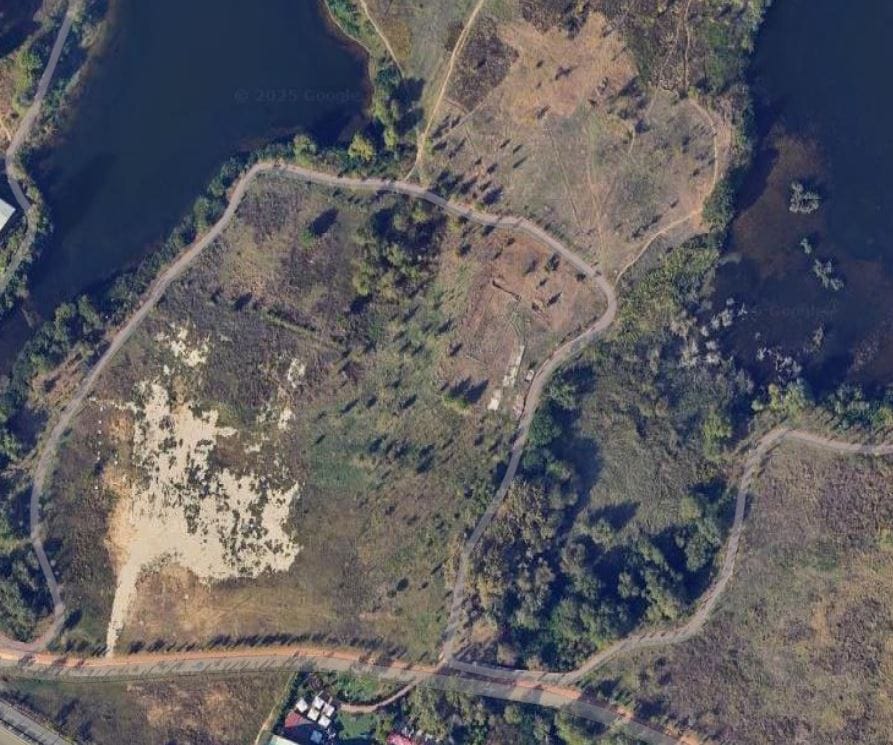In the days leading up to national elections, a disturbing transformation has taken place in one of Tirana’s most vital natural refuges—The Grand Park of the Artificial Lake. Under the guise of temporary use for public events, approximately 43,000 square meters of green space are being flattened, excavated, and converted into a massive platform to host a large-scale music concert.
This site, often referred to as the “lungs of the city,” offers critical ecological, recreational, and psychological value for the residents of Tirana. Unfortunately, the recent intervention has stripped away grasslands, uprooted young and mature trees, and replaced living ecosystems with gravel, heavy machinery, and scaffolding. This is not just an event preparation—it is an environmental wound that may take years, if not decades, to heal.
What once was a habitat for birds, insects, small mammals, and countless plant species is now a construction site. Residents report noise, dust, and restricted access. The biodiversity of the park—already fragile due to urban pressures—is being sacrificed for short-term entertainment, disregarding the long-term ecological cost.
The damage is not hypothetical. A visual comparison of satellite imagery from recent years confirms a consistent degradation pattern in the park’s vegetation following similar large events. Trees planted after previous disruptions have now been removed once again. The compacted soil and artificial coverings not only prevent natural regeneration but also increase the risk of long-term soil erosion and loss of habitat quality.

Environmental experts warn that such interventions have broader implications. The loss of green infrastructure in a rapidly urbanizing city reduces carbon sequestration, elevates urban temperatures, and increases flood risks. More critically, it sends a message that nature is negotiable in the face of short-term profit or prestige.
Green areas like the Lake Park are not just recreational zones—they are ecological buffers, cultural landscapes, and essential public health assets. They must be protected, managed transparently, and preserved with public consultation and scientific oversight.
We call for greater transparency, public accountability, and a clear plan for ecological restoration. Public green spaces belong to all of us—and we must act before they are irreversibly lost.

